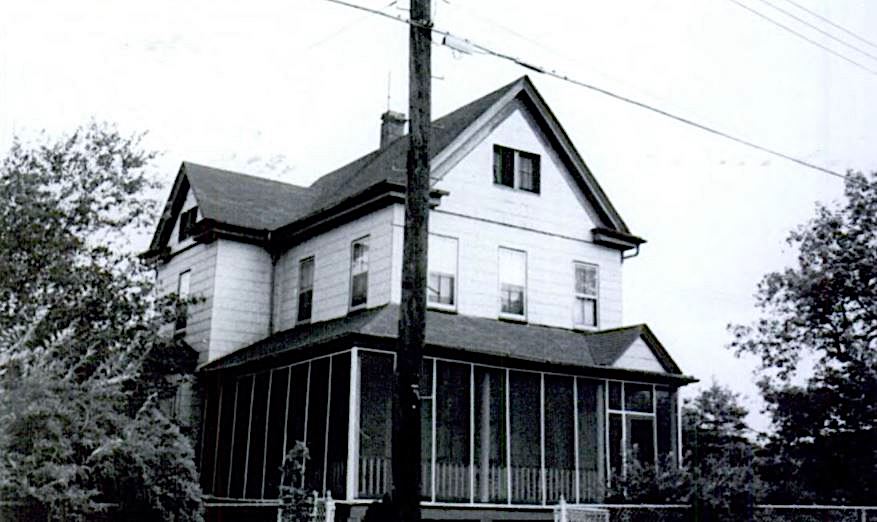
If you were a Black traveler heading along Route 1 during the segregation era, you had only one option: A little-remembered tourist spot along Lake Artemesia.
Until the mid 1960s, motels from College Park to Mount Rainier barred Black travelers. At a typical motel at the time, a sign said “White Only” and there was no restroom that Black travelers could use, although they could buy and carry out food to eat.
“I’m not saying this with any pride,” said the manager of a motel years later. “It’s just the way it was.”
The Green Book, a popular guide to hotels and restaurants for Black travelers published from 1936 to 1964, listed no accommodations along Route 1, with the nearest spot being what is now the Phyllis Wheatley YMCA at 901 Rhode Island Ave. NW in D.C.
But for travelers in the know, there was another option: The tourist cottages located at the northern end of Lake Artemesia in the now-demolished Lakeland area.
As historian Meredith Gorres notes, the cottages were originally built for White tourists, but when Lakeland became a majority-Black area, they became the only accommodations along Route 1 that would serve Black travelers.
Starting in 1942, the cottages were run by Marcelino Cordove, a Cuban immigrant who moved from D.C. to run them and a tourist home for lodgers nearby. Some Lakeland residents would also take travelers into their homes as well.
After the Civil Rights Act of 1964, hotels and motels began to desegregate, which was further spurred by the growth of national chains that had uniform policies instead of the mom-and-pop lodgings popular along Route 1 during the segregation era.
Around that time, the Lakeland community was slowly demolished by a years-long urban planning effort that has only recently been recognized, and there is little trace of the cottages where Black travelers once stayed.
Support the Wire and Community Journalism
Make a one-time donation or become a regular supporter here.









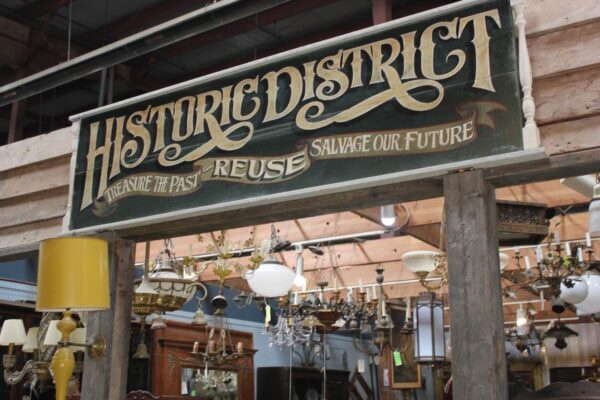

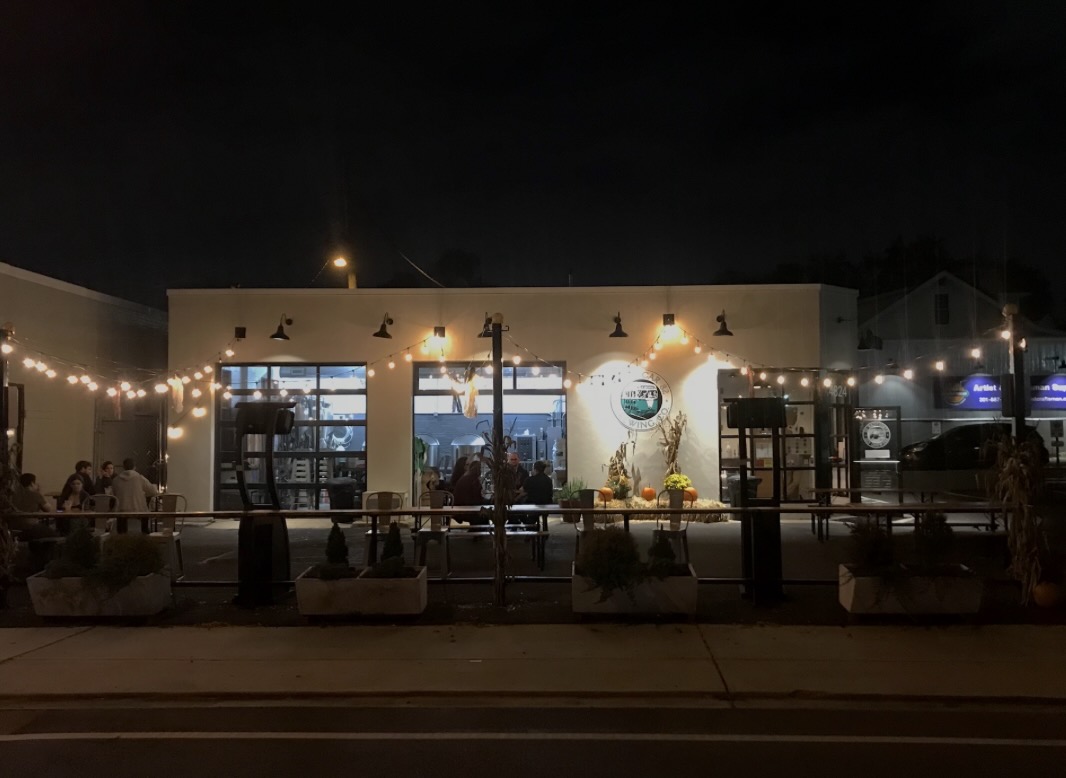
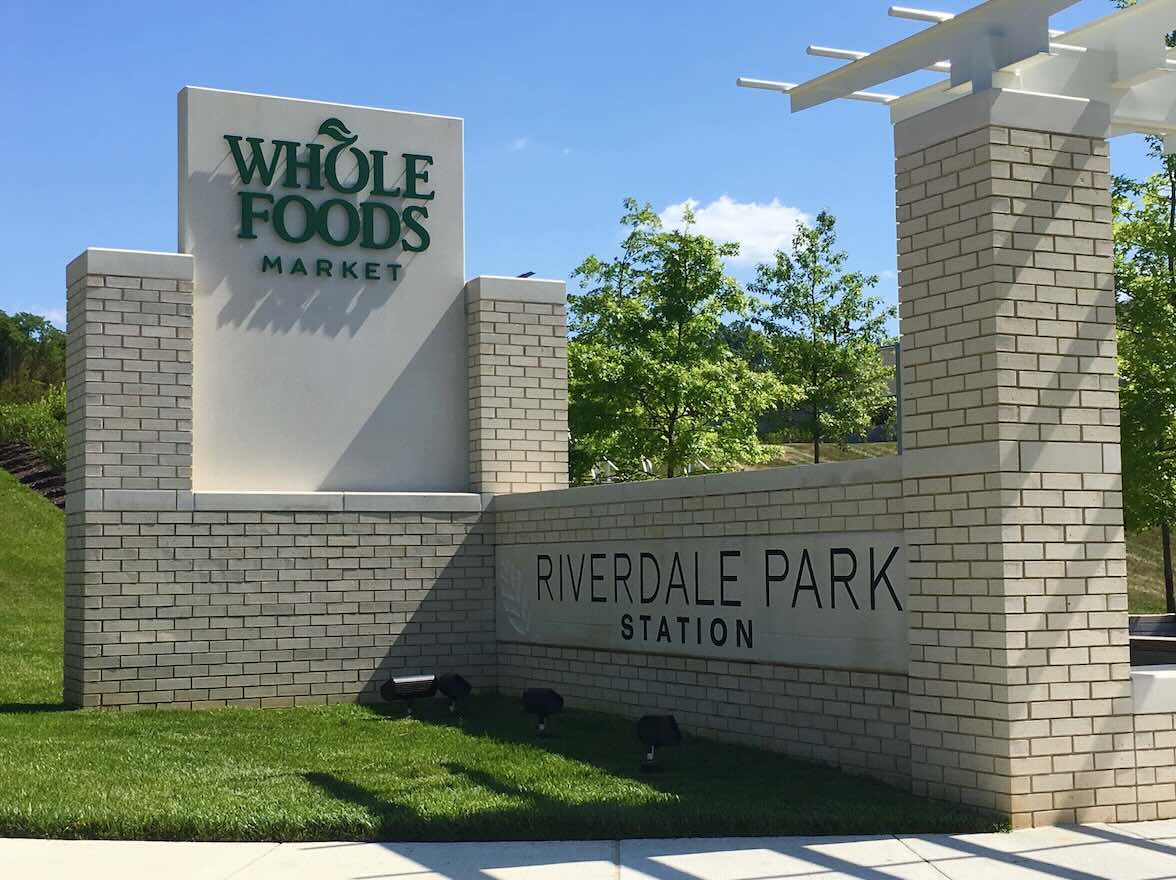
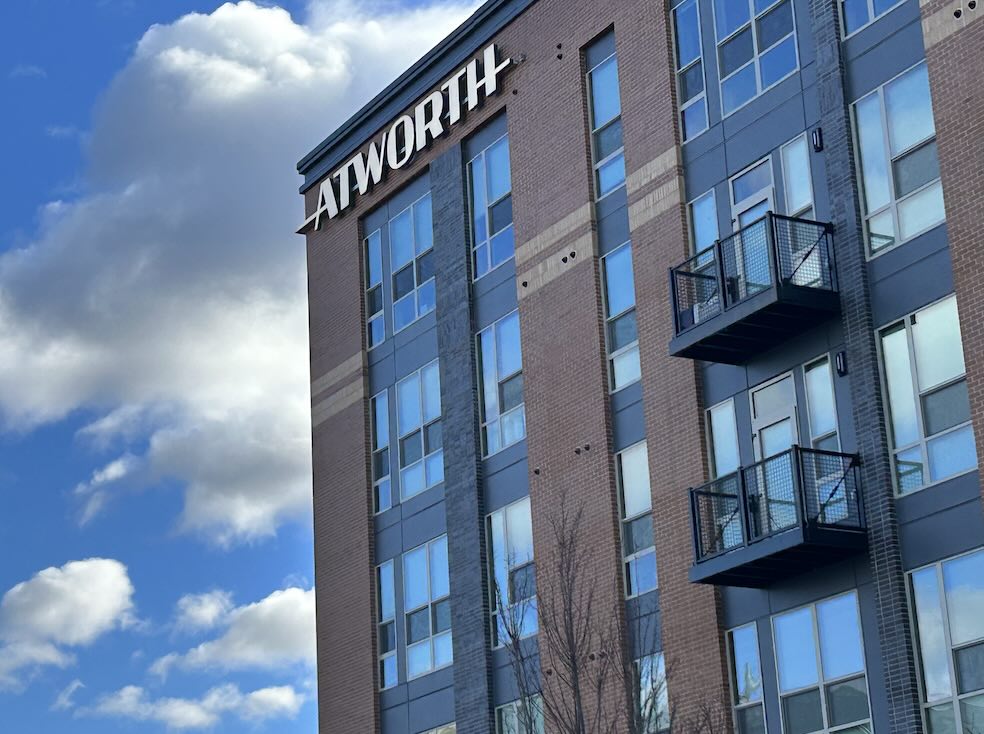


Fascinating. Thanks.
I had no idea. Interesting history.
Almost lost local history! Thank you